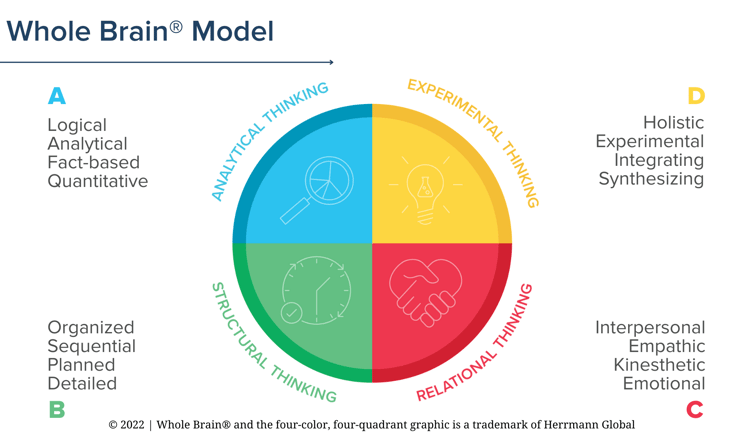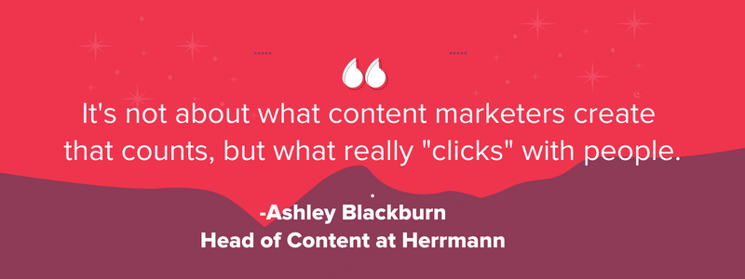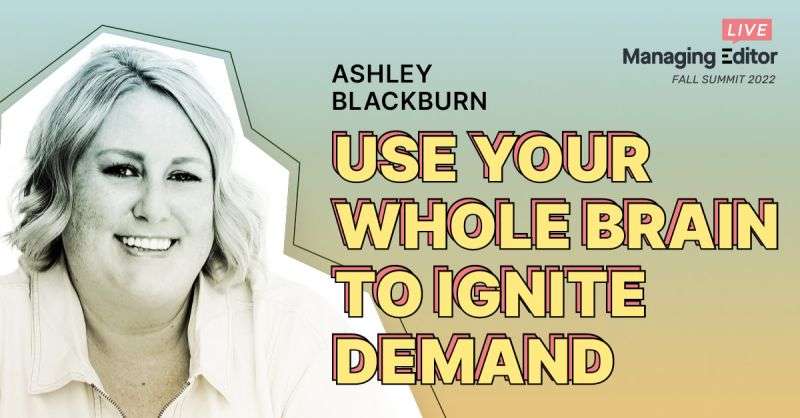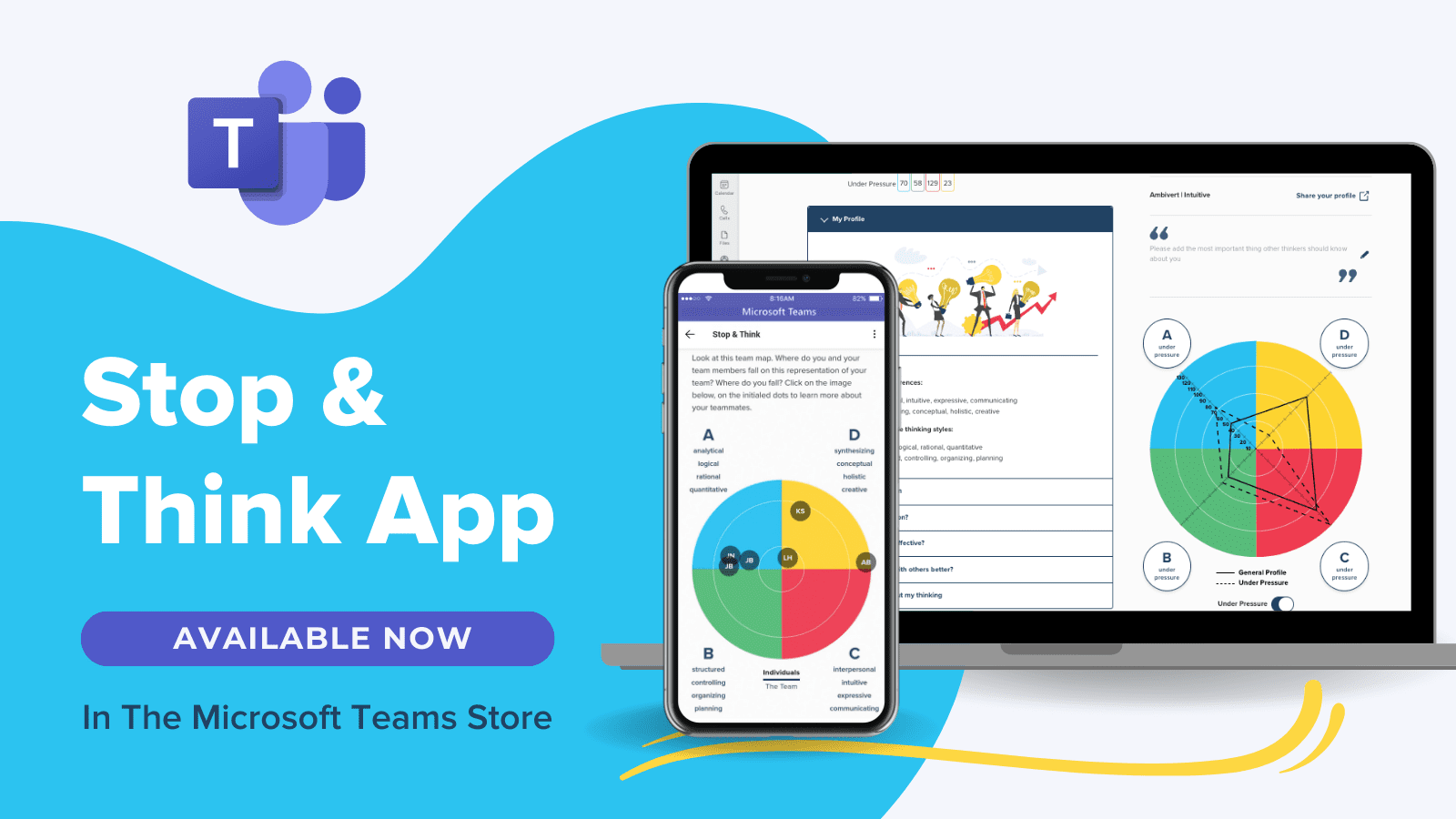In a recent webinar, our Head of Content Ashley Blackburn shared strategies for using your Whole Brain® to ignite demand. She had a look at the Whole Brain® Model and discussed some specific strategies on how to use this to ignite demand for your target audience. She also gave participants insight on how to build Whole Brain® Campaigns and strategies, including how to apply these insights to their work.
An Introduction to the Whole Brain® Model
We all have four distinct ways of thinking, and we prefer to use these different types of thinking differently. Some people strongly prefer logical and analytical thinking; we call these people blue-quadrant thinkers. Other people prefer structured, sequential, and planned thinking in the green quadrant. Some people are naturally empathetic and kinesthetic; we call these people red-quadrant thinkers. And some people like to think holistically, experimenting with ideas and pulling together various concepts; this type of thinking is called yellow-quadrant thinking.

In order to effectively measure people's thinking preferences, Herrmann uses a tool called the HBDI® Assessment. The model shows a person's key thinking preferences in each area.
In the HBDI® Assessment, the dotted line indicates how you think under pressure. When you experience pressure in your job or daily activities your thinking patterns shift. When this happens, your behaviors might shift as well. The assessment can tell you what you might experience in terms of differences in your typical thinking patterns when you're experiencing stress or feeling pressured. The benefit of the HBDI® Assessment is that everyone ends up with a unique HBDI® profile and a very different-looking map that showcases their thinking preferences.
We are all using the four quadrants to think, but we have a stronger preference for certain quadrants. This can help you understand what types of projects you might want to work on, where you might be naturally inclined to contribute certain skills, and also things that might have been blind spots for you. It helps you get insight into your thinking and how you can better apply yourself.
.png?width=1830&height=1080&name=Managing-Editor-Live---Whole-Brain-Workshop-(1).png)
Whole Brain® Campaigns: Marketing Functions & Thinking Preferences
When it comes to content marketing, it's not what you create that matters; it's what your audience finds engaging. Therefore, it is important to think about how we can click with people better, differently, or more strategically. In content marketing, it comes down to what people click on and what will resonate with them. How do we reach them and tap into their natural curiosity? Well, one way we can do that is to speak to an audience in their own language and address them in a way that feels right to them, because we are talking to them in their own thinking preferences.

When we look at the marketing world, what would a sample profile of a marketing professional, look like? We had a look at a few core marketing job titles as well as their preferred thinking preferences. We can better understand a certain individual based on some of the sub-functions they perform. For example, a Project Manager might have a higher preference for green, moderate to high preference for blue, and some red or yellow preferences too because they enjoy working with people and keeping things on track.
Data Analysts normally have a natural curiosity for metrics and numbers. They are going to have a high blue preference, and likely some high green preferences as well. Visual Designers, on the other hand, tend to have a high preference for yellow. Yellow thinkers are very visual as they like to think in pictures, leaning into the yellow quadrant.
Content Strategists are likely to be higher in the yellow, and blue quadrants in order to evaluate the results and understand the metrics.
Applying Whole Brain® Thinking Strategies to Your Work
Content that would typically resonate with blue thinkers includes case studies, databases glossaries, as well as infographics. This type of content is very factually based. They also like to hear from guest experts who have experience in different areas.
Green thinkers appreciate tools like calendars, checklists, and FAQs. Why? Because you're anticipating questions they might have and providing them with answers. They also love how-to articles, timelines, tutorials, and quizzes. These resources help them check their knowledge and make sure they're on track.
Red thinkers tend to enjoy being part of a community, whether it's through discussion groups, forums, or interviews. They like feeling engaged and interacting with others. When it comes to content, they prefer things that are personal and musical, like podcasts and stories. So, if you can make your content personal and tell a story, red thinkers are more likely to respond positively.
Yellow thinkers are creative and enjoy opportunities to brainstorm. They respond well to visuals, so illustrations and animations are good ways to capture their attention.
.png?width=1920&height=1080&name=Managing%20Editor%20Live%20-%20Whole%20Brain%20Workshop%20(2).png)
In conclusion, content creation requires Whole-Brain® Thinking to ensure both relevance and appeal for a range of diverse thinkers. Additionally, it is crucial to keep up with the rapidly changing landscape of marketing in order to effectively reach your relevant target audience.













